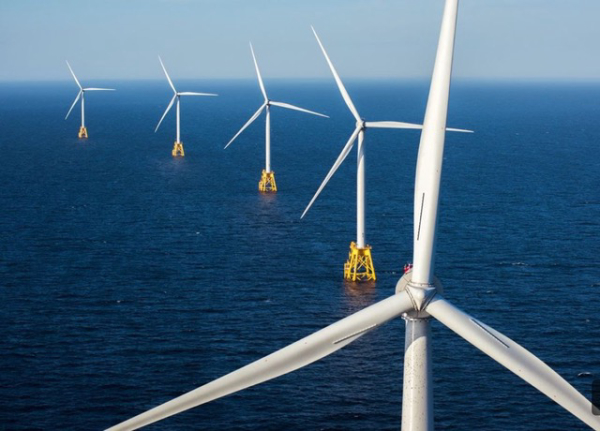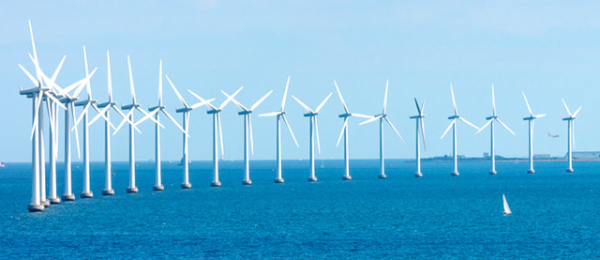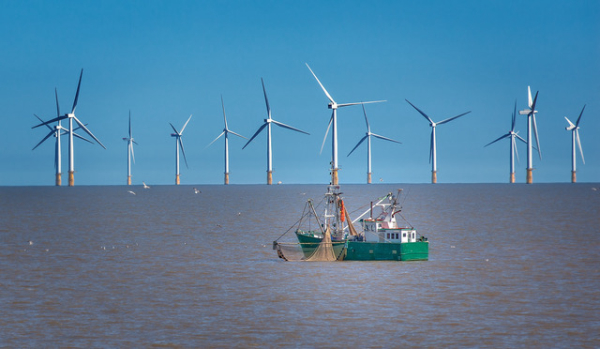While wind-powered generators are not being welcomed along the New England coast by many fishermen and environmentalists, they’re likely to get a better reception in the Gulf of Mexico, where energy structures have been the anglers’ friends for decades.

The Department of the Interior announced last week it will hold the first-ever offshore wind energy lease sale in the Gulf, to deploy 30 gigawatts (GW) of offshore wind energy by 2030 and reach a carbon-free electricity sector by 2035. The areas to be auctioned on August 29, 2023, by the Bureau of Ocean Energy Management have the potential to generate approximately 3.7 GW and power almost 1.3 million homes with clean, renewable energy.
In fact, the hundreds of oil rigs off Texas, Louisiana, Mississippi and Alabama have been a boon to anglers and charter fishers, attracting tons of reef species like red snapper and grouper as well as pelagic gamefish including yellowfin tuna, sailfish and blue marlin. They’ve been so successful that some states have put out Fish Attracting Devices, sort of a poor man’s oil rig, to replace some of the oil rigs that are gradually being taken out of production.

It’s highly likely that the base of the wind generators will create similar conditions, forming the base of a food chain that will culminate in large reef species as well as pelagics.
The sale will include a 102,480-acre area offshore Lake Charles, Louisiana, and two areas offshore Galveston, Texas, one comprising 102,480 acres and the other 96,786 acres. Details along with a map of the areas can be found on https://www.boem.gov/renewable-energy/state-activities/gulf-mexico-activities.
Earlier this year, the Department announced the Proposed Sale Notice for offshore wind energy development in the Gulf of Mexico. During the 60-day comment period, BOEM received comments on several lease stipulations that supported BOEM’s commitment to engage with underserved communities, ocean users and other stakeholders. Some of these stipulations include:
If developed to full potential, the lease areas could hold turbine arrays with nameplate ratings totaling 3.7 gigawatts of electricity.
The windmills will be relatively close to land compared to many oil rigs, with those off Galveston within 10 miles of the beach where water depth is between roughly 50’ and 120’. The ones off Lake Charles will be a bit shallower, at depths of about 30’ to 80’.

In planning the Gulf wind energy areas, BOEM excluded highly productive fishing areas after consultations with numerous fishing interests with stipulations there is a compensatory mitigation fund.
The American Sportfishing Association has said the fund is a good first step towards addressing the potential adverse impacts of the offshore wind lease on the Gulf’s fishing industry.
Mitigation funds would offset gear loss, counterbalance reductions in fishing income, and, where possible, reduce the cost of required gear/navigational upgrades and support fishermen’s involvement in the wind project, per ASA.
There’s no question the nation will need a lot more clean electrical energy, especially with the rapidly evolving electric car and truck market, which seems to have taken on a life of its own irregardless of the unwelcome federal push towards getting rid of gasoline powered vehicles.
— Frank Sargeant
Sargent is editor of our companion service, The Water Wire (www.thewaterwire.com)